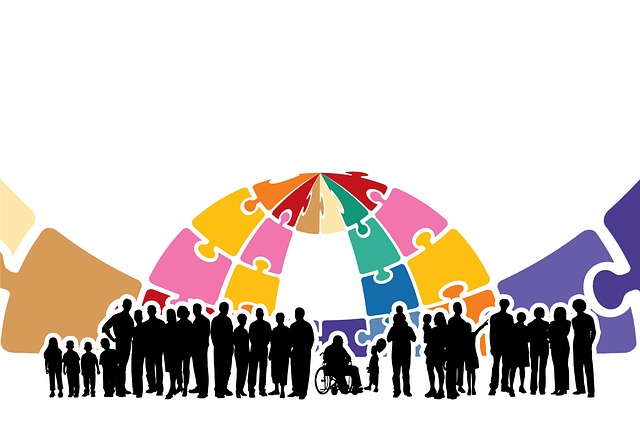Neoclassical Ballet and Gender Representation: Breaking Stereotypes
Neoclassical ballet, a captivating dance style that originated in the 20th century, has transcended its traditional roots to become a platform for challenging gender stereotypes and reshaping the dynamics of the dance world. Through graceful movements and powerful narratives, neoclassical ballet has defied convention and empowered dancers of all genders to express themselves authentically on stage.
The Evolution of Neoclassical Ballet:
Neoclassical ballet emerged as a response to the rigid structures of classical ballet, which often adhered to traditional gender roles and limited artistic expression. Unlike its predecessor, neoclassical ballet celebrates the fluidity of movement and offers choreographers a canvas to experiment with different themes and concepts. This shift in approach has paved the way for dancers to challenge the gender norms perpetuated by classical ballet.
Redefining Masculinity:
In neoclassical ballet, male dancers are no longer confined to portraying only strong and stoic characters. They now embrace vulnerability, sensitivity, and gracefulness, debunking the stereotype that ballet is solely a feminine art form. This evolution not only provides male dancers with a broader range of roles but also contributes to a more inclusive and diverse representation of masculinity on stage.
Breaking the Mold of Femininity:
Female dancers in neoclassical ballet are shedding the traditional roles of delicate princesses and damsels in distress. Instead, they embody strength, agency, and resilience. These dancers command the stage with their athleticism and artistry, showcasing that femininity is multifaceted and can be expressed through a variety of movements and narratives.
The Power of Narrative:
Neoclassical ballet's emphasis on storytelling has played a crucial role in challenging gender norms. Dancers tell stories that explore the complexities of human relationships, emotions, and experiences, often transcending gender-specific narratives. This allows for more nuanced and relatable performances that resonate with audiences, regardless of their gender identity.
A Collaborative Endeavor:
Collaboration between choreographers, dancers, and audiences has been instrumental in reshaping gender representation in neoclassical ballet. Choreographers are creating pieces that encourage dialogue about societal norms, while audiences are increasingly receptive to narratives that defy conventions. This synergy between creators and spectators fosters a space where gender stereotypes can be dismantled and reconstructed.
Empowering Future Generations:
Neoclassical ballet's commitment to gender representation extends beyond the stage, influencing dance education and training. Dance schools are actively encouraging students to explore movements that resonate with their personal identities, thereby nurturing a generation of dancers who are unafraid to challenge traditional gender norms in their performances.
The Way Forward:
Neoclassical ballet's journey towards breaking gender stereotypes is an ongoing process that requires continuous effort. By embracing diverse narratives and providing a platform for dancers of all genders to express themselves authentically, this dance form contributes to a more inclusive and progressive cultural landscape. As neoclassical ballet evolves, it reinforces the notion that art has the power to reshape societal perceptions and inspire positive change.




